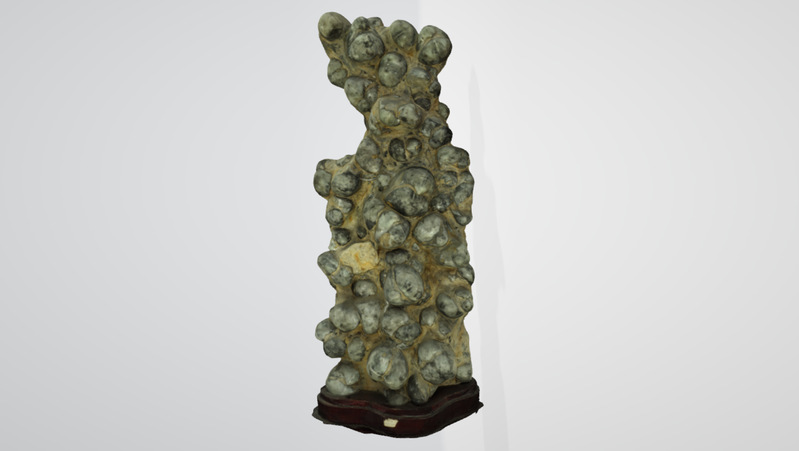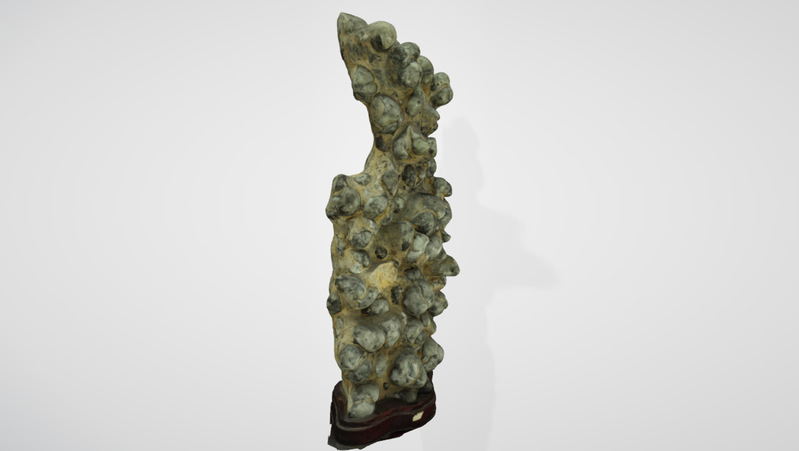

鸮头贝(Stringocephalus)
产地:湖北
特征:
鸮xiāo鸟名,俗称猫头鹰。鸮头贝化石,是四亿年前海洋生物鹰嘴螺又叫鸮头贝的化石,属于古无脊椎动物,腕足纲的一属;壳瓣大而隆凸,近于圆形。腹壳的壳喙弯曲如钩,形似鸮喙,因而取名鹰嘴螺、鸮头贝,拉丁文学名Stringocephalus Defrance。
壳横卵形。铰合线弯短。腹壳壳喙(会)高耸,弯曲。具三角双板,茎孔卵圆形。近等的双凸,最大厚度位于壳后方。壳面平滑,无饰纹。腕环靠近边缘,宽而长,并附有长刺。主突起呈长大的杆状。腹壳中隔板显著。颜色为灰色,贝壳呈浅绿灰色。保存完整,其形态如鸮的头部,故称鸮头贝。泥盆纪是古生代的第四个纪,约开始于4.05亿年前,结束于3.5亿年前,持续约5000万年是珍贵的古生物化石。既具观赏性,又有很高的科研价值。
鸮头贝由多个单体组成,仿佛是很多老人聚首在一起。由于鸮头贝已有四亿多年的历史,其形状又像是没有牙齿的老人头,所以是长寿的象征。
Stringocephalus
Provenance: Hubei, China
Characteristics:
Stringocephalus is an extinct genus of large brachiopod; between 388.1 to 376.1 million years old, they are usually found as fossils in Devonian marine rocks. Several forms of the genus are known; they may be found in western North America, northern Europe (especially Poland), Asia and the Canning Basin of Western Australia. Several different types are known; they share a well-developed, curved structure shaped like a beak. Some of the largest specimens discovered to date have been found in China.
Sun and Boucot (1999) described the ontogenetic development of several important morphologic structures in Stringocephalus gubiensis, which occurs in the late Eifelian kockelianus Zone of South China. They found that in small specimens ranging from 5 to 18 mm in width the cardinal process forms a pair of discrete, rodlike lobes (Sun and Boucot, 1999, Figs. 1.1–1.6, 2.1–2.6). In specimens generally exceeding 20 mm in width, these lobes fuse to form the single, long, terminally bifid, stalklike cardinal process characteristic of Stringocephalus.